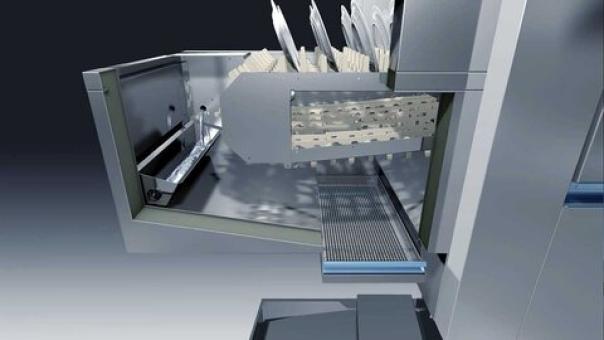
Electricity costs are one of the greatest cost drivers in food service, with power consumption representing a majority of operating costs, says Paul Anderson, managing director of Meiko UK.
“The front-runner is cooking – followed by cooling technology and warewashing. It’s no accident that responsible warewashing specialists place such an emphasis on sustainability and efficiency. To save the environment. To ensure customer efficiency despite ever increasing water and electricity prices.
“But purchasing a commercial dishwashing machine is just the very first step. Extremely short wash cycle times may save a bunch of energy and put household machines in their place.”
But to take full advantage of the efficiency of commercial dishwashers, operators should follow the tips below:
Forgo standby mode
If commercial dishwashing machines aren’t running non-stop, standby mode doesn’t do any good. It simply wastes energy. If the dishwasher is used on a non-regular basis, it makes sense to turn it on when beginning the cycle. And to shut it off as soon as the cycle is done. Plus, the machine should be kept closed when not in use.
Avoid half-full wash cycles
Half-full dishwashers top the list of energy guzzlers. After all, they use as much energy as full machines. So, wait until you have enough washware for a full load. This is more efficient. Of course, catering shouldn’t come to a standstill as a result. Make sure leftover food doesn’t dry. Otherwise, this will require additional wash cycles. And that costs money.
Lower consumption peaks
Running multiple power guzzles at once can get expensive. After all, the energy price is calculated based on consumption peaks. Ideally, commercial dishwashers should only be running when all other appliances are switched off. Unimaginable in food service? There is a trick to help: Switch on electric kitchen appliances at different times to keep costs low. After all, switching them on uses the most energy.